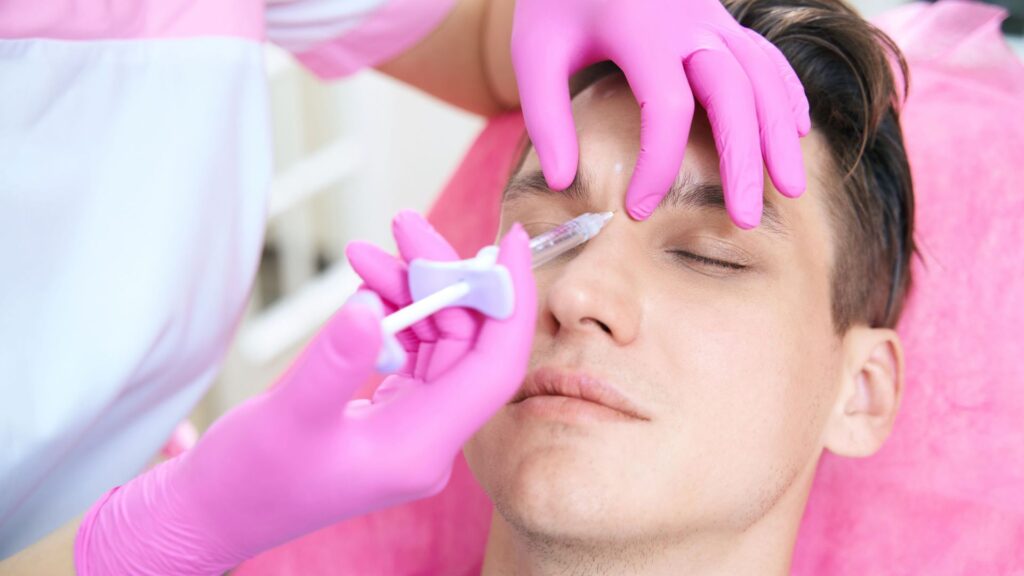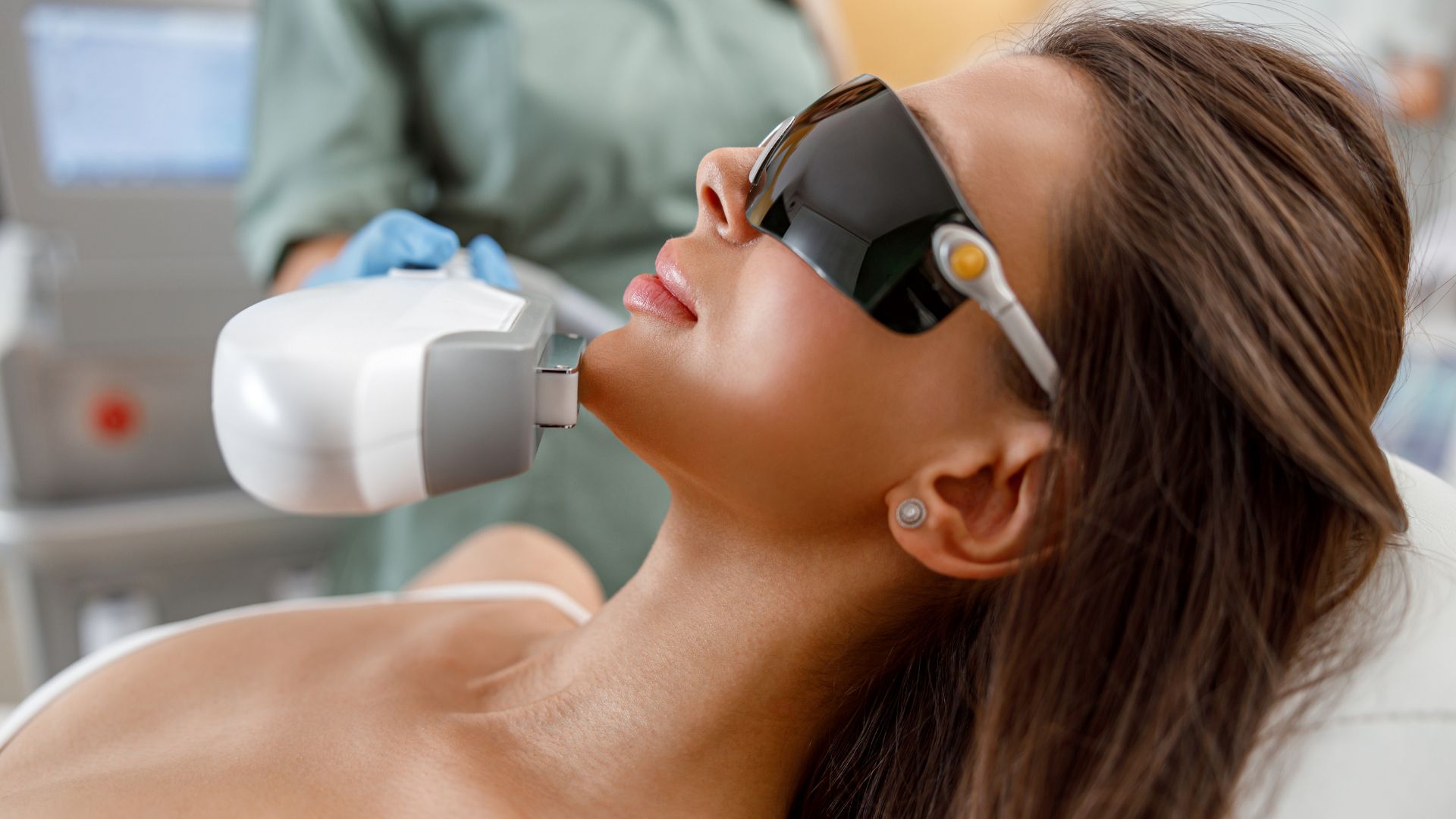
Can an LPN Do Botox? Discover the Path to Certification
The world of aesthetic medicine is booming, with Botox leading the charge as one of the most sought-after cosmetic treatments. From smoothing out wrinkles to providing a refreshed appearance, Botox has become a household name in beauty and wellness. But with its rise in popularity comes the question: who can administer these injections? Specifically, can a Licensed Practical Nurse (LPN) do Botox?
LPNs play a vital role in healthcare, offering essential medical services under the supervision of registered nurses and physicians. However, their scope of practice can vary widely depending on state regulations and specific training. In this article, we’ll delve into the possibilities and pathways for LPNs interested in entering the exciting field of Botox and aesthetic medicine.
In this article, we will explore:




- Understanding the Role of an LPN
- State Regulations and Legal Requirements
- The Path to Certification for LPNs
- Benefits of Botox Certification for LPNs
- About Aesthetics Medical Training (AMT)

Understanding the Role of an LPN
Licensed Practical Nurses (LPNs) are a vital part of the healthcare system, providing essential medical treatments to patients across various settings. Let’s dive into what LPNs do, how their duties compare to other licensed nurses, and why continuing education is crucial in their careers.Typical Responsibilities and Scope of Practice for LPNs
LPNs, also known as practical nurses, are responsible for a wide range of duties that ensure the well-being of their patients. These duties include:- Basic Patient Care: Monitoring vital signs, assisting with personal hygiene, and helping with mobility.
- Medication Administration: Administration of medications according to the treatment plan, including injections and oral drugs, under the supervision of a licensed physician or registered nurse.
- Wound Care: Changing dressings and caring for wounds.
- Patient Records: Maintaining accurate and thorough patient records, documenting care plans, and updating medical records.
- Communication: Acting as a liaison between patients, families, and other healthcare professionals.
LPN Duties vs. the Duties of Registered Nurses (RNs) and Nurse Practitioners (NPs)
While LPNs play a crucial role in patient care, their scope of practice is more limited compared to Registered Nurses (RNs) and Nurse Practitioners (NPs). Here’s a quick comparison:- Registered Nurses (RNs): RNs have a broader scope of practice, including developing and managing nursing care plans, performing diagnostic tests, and educating patients about health conditions. RNs often supervise LPNs and other nursing assistants.
- Nurse Practitioners (NPs): NPs have an advanced level of education (usually a master’s or doctoral degree) and can diagnose and treat medical conditions, prescribe medications, and perform procedures independently. They often specialize in areas like family practice, pediatrics, or geriatrics.

The Importance of Continuing Education and Skill Advancement in Nursing Careers
Continuing education is essential for LPNs who wish to expand their skills and advance their careers. With the healthcare industry constantly evolving, staying updated with the latest practices and technologies is crucial. Here’s why:- Enhanced Patient Care: Ongoing training ensures that LPNs are knowledgeable about the latest treatments, procedures, and technologies, leading to better patient outcomes.
- Career Advancement: Additional certifications and specialized training can open doors to new opportunities, such as roles in medical aesthetics or advanced nursing positions.
- Compliance with Regulations: Many states require LPNs to complete continuing education credits to maintain their licenses, ensuring they adhere to current standards of practice.
Can an LPN Do Botox: State Regulations and Legal Requirements
Navigating the legal landscape for Botox administration can be a bit tricky, especially for Licensed Practical Nurses (LPNs). Regulations vary significantly from state to state, and it’s crucial to understand the specific requirements where you practice. Let’s break down what you need to know, including some specific examples and the importance of checking state-specific regulations before pursuing Botox training. Additional Reading: Learn more about Botox training in Precision and Practice: The Essentials of Botox Injector Training.Varying State Laws Regarding LPNs and Botox Administration
State laws dictate who can perform Botox injections and under what circumstances. These regulations are primarily designed to ensure patient safety and maintain high standards of care in aesthetic practices.- For instance, in Nevada, LPNs can administer Botox under the supervision of a licensed physician or a Nurse Practitioner (NP). According to the Nevada State Board of Nursing, LPNs must complete specialized training in Botox and dermal fillers to qualify for this practice.
- In Texas, LPNs can perform Botox injections under the delegation of a physician. The Texas Board of Nursing specifies that proper training and adherence to a detailed plan of care are necessary.
- On the other hand, states like California have stricter regulations. According to the Medical Board of California, only licensed physicians, NPs, and Physician Assistants (PAs) can administer Botox injections. LPNs in California are not permitted to perform this procedure independently.
- Similarly, in New York, only physicians and licensed healthcare professionals under direct supervision can perform Botox injections.

The Path to Certification for LPNs
If you’re an LPN looking to expand your horizons into the world of aesthetic medicine, administering Botox could be an exciting and rewarding opportunity. Here’s a step-by-step guide to becoming certified to administer Botox as an LPN, including important considerations and resources to get you started.Step-by-Step Guide to Becoming Certified to Administer Botox as an LPN
- Meeting Basic Nursing Requirements and Obtaining an LPN License
- To embark on this journey, you must first be a licensed LPN in your state. This involves completing an accredited practical nursing program and passing the NCLEX-PN exam.
- Finding Accredited Training Programs in Aesthetics and Botox Administration
- Once you have your LPN license, the next step is to find a reputable training program that offers specialized courses in Botox and dermal fillers. It’s crucial to choose a program accredited by recognized institutions to ensure high standards of education.
- Completing Required Coursework and Hands-On Training
- A good training program will include both theoretical and practical components. You’ll learn about the science behind Botox, safety protocols, and the proper administration techniques.
- Passing Certification Exams (if applicable)
- Some states may require you to pass a certification exam to demonstrate your competency in administering Botox. These exams typically cover both the theoretical knowledge and practical skills you’ve acquired during your training.
- Importance of Choosing Reputable Training Providers
- Not all training programs are created equal, so it’s essential to do your research and select a provider with a strong reputation in the industry. Look for programs that are accredited and have positive reviews from past participants.
Why Certification Matters
Certification in Botox administration is not just a legal requirement in many states; it also ensures you are well-prepared to provide high-quality care. Proper training helps you understand the nuances of facial anatomy, the correct dosage and Botox injection techniques, and how to manage any potential side effects.- Enhanced Career Opportunities: Certification opens doors to a range of job opportunities in aesthetic clinics, cosmetic practices, and medical spas.
- Increased Earning Potential: Certified practitioners often command higher salaries due to their specialized skills.
- Patient Trust and Satisfaction: Certification reassures patients they are in capable hands, leading to higher satisfaction rates and repeat business.

Benefits of Botox Certification for LPNs
Becoming certified to administer Botox injections can significantly enhance an LPN’s career in many ways. Let’s explore the benefits of this certification, from career advancement to increased job satisfaction.- Enhanced Career Opportunities and Potential for Higher Earnings: With Botox certification, LPNs can work in various settings, including private practices, medical spas, and dermatology clinics. Additionally, certified LPNs often command higher salaries compared to their non-certified counterparts, thanks to their specialized skills. According to the Bureau of Labor Statistics, LPNs earn a median annual wage of $59,730, but those with additional certifications in specialized areas like aesthetics can earn significantly more.
- Ability to Offer a Wider Range of Services to Patients: In addition to basic nursing care, certified LPNs can provide aesthetic treatments such as Botox and dermal fillers, making them more valuable to their employers and patients. By expanding their skill set to include Botox administration, LPNs can meet the growing demand for Botox treatments and provide comprehensive care to their patients.
- Increased Job Satisfaction Through Skill Diversification: Diversifying skills through Botox certification can lead to increased job satisfaction for LPNs. Learning new procedures and expanding the scope of practice can reinvigorate a nursing career, making daily tasks more interesting and fulfilling.
- Becoming Part of a Growing Field with High Demand: The field of medical aesthetics is rapidly growing, with no signs of slowing down. According to a market research report by Grand View Research, the global medical aesthetics market size was valued at USD 82.46 billion in 2023, expanding at a compound annual growth rate (CAGR) of 8.3% from 2024 to 2030. This growth is driven by the increasing demand for minimally invasive cosmetic procedures like Botox.
Discover Your Future in Aesthetic Medicine with Aesthetics Medical Training!
Are you ready to elevate your career in aesthetic medicine? At Aesthetics Medical Training (AMT), we are dedicated to providing top-notch education and training for medical professionals who aspire to excel in the world of cosmetic treatments. We offer a range of advanced training programs designed to fit your needs and schedule, including:- Virtual Classes: Learn from the comfort of your home with our interactive online courses that cover the fundamentals of aesthetic medicine.
- Hands-On Sessions: Gain practical experience with our in-person training sessions, where you can practice procedures under the guidance of experienced professionals.
Comprehensive Course Offerings
Our courses are meticulously crafted to cover all aspects of aesthetic medicine, including:- Cosmetic Laser Training: Learn the latest techniques in laser therapy for various skin conditions and cosmetic purposes.
- Cosmetic Injections: Master the art of administering Botox, dermal fillers, and other injectable treatments with precision and confidence.
- Medical Aesthetics: Explore advanced topics such as patient assessment, treatment planning, and post-procedure care to ensure comprehensive patient care.
Join Us and Start Your Journey Today
If you’re a licensed professional looking to expand your skills and enter the exciting field of aesthetic services, AMT is here to help you succeed. Visit our website to explore our course offerings and enroll in a program that fits your needs. Start your journey to becoming a certified Botox administrator and join a community of healthcare professionals dedicated to excellence in aesthetic practice. Get in touch with us!
Thinking About Advancing Your Aesthetics Skills?
Contact our team today to learn how our training programs and cutting-edge technology can support your journey. Fill out the form or give us a call to get started.



